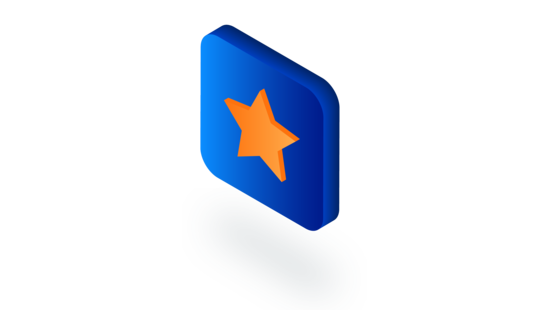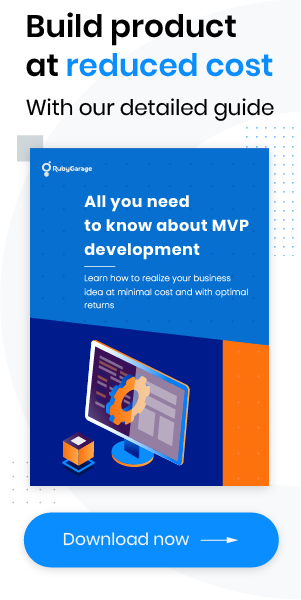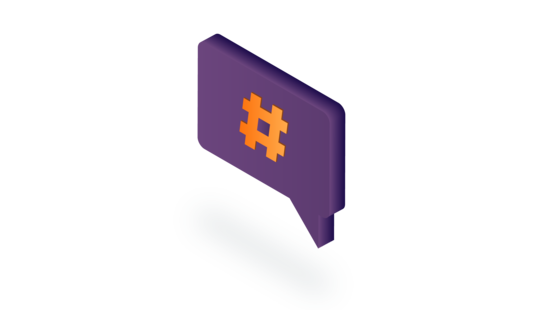-
Product Management
Software Testing
Technology Consulting
-
Multi-Vendor Marketplace
Online StoreCreate an online store with unique design and features at minimal cost using our MarketAge solutionCustom MarketplaceGet a unique, scalable, and cost-effective online marketplace with minimum time to marketTelemedicine SoftwareGet a cost-efficient, HIPAA-compliant telemedicine solution tailored to your facility's requirementsChat AppGet a customizable chat solution to connect users across multiple apps and platformsCustom Booking SystemImprove your business operations and expand to new markets with our appointment booking solutionVideo ConferencingAdjust our video conferencing solution for your business needsFor EnterpriseScale, automate, and improve business processes in your enterprise with our custom software solutionsFor StartupsTurn your startup ideas into viable, value-driven, and commercially successful software solutions -
-
- Case Studies
- Blog
Building a Mobile Payment App Like Starbucks: Strategies to Consider
Money is going mobile. Customers now can pay for all sorts of things via mobile apps including goods, bills, services, and food delivery. Every day, mobile payment apps gain hundreds of fans all over the world. Business Insider estimates that the volume of in-store mobile payments will reach $503 billion by 2020. That same year, the number of in-store mobile payment users is expected to reach 150 million, which is 56 percent of the US consumer population. Companies like Starbucks, Dunkin’ Donuts, and Chipotle are already taking advantage of this growth. Are you?
Сindy Liu, an eMarketer forecasting analyst, comments that “retailers are increasingly creating their own payment apps, which allows them to capture valuable data about their users. They can also build in rewards and perks to boost customer loyalty.” She adds that “the Starbucks mobile app is one of the biggest success stories in mobile proximity payments.”
So how does the Starbucks payment app work? How did the app help Starbucks and how can you build an app like this for your company? You can find all the answers below.
How does the Starbucks mobile payment app work?
One of the things that made Starbucks’ success possible is the unique user experience that the mobile app provides.
Former Starbucks Chief Digital Officer Adam Brotman credits the great results of the Starbucks mobile payment app to the incredible intuitiveness and ease of the whole mobile purchasing process, which leads to high customer engagement and customer loyalty.
All payment operations in the Starbucks application are easy to perform. Refilling Starbucks loyalty accounts takes just a few taps, after which users instantly get discounts for coffee, food, or drinks. Here’s what the purchasing process looks like for a user:

When a user makes an order, they can see their previous orders including customizations they’ve previously made. And if a user wants to get the same thing, they can easily reorder it with a single tap. Another feature is a list of favorite desserts and drinks that’s fully customized according to user preferences.
When users choose a card, they can also see all the gift cards and free offers they have and can use them to pay too.
After an order has been placed, customers see when their desserts or beverages will be ready. Usually it’s about four to eight minutes. When the customer gets to the shop, they can pick up their order at the counter.
Starbucks has invented an incredibly simple order flow that benefits both customers and the company. The company’s achievements are incredible. Check out the most significant of them.
What effect did Starbucks achieve with its mobile payment program?
It’s not only Сindy Liu and Adam Brotman who have noticed that the Starbucks app is gaining momentum these days. The app is so popular that you can barely find someone who hasn’t heard of it. Here’s what the results of the Starbucks payment strategy look like in numbers:

Today, Starbucks can boast more customer money on its cards than a lot of banks have in deposits. No wonder Starbucks is now referred to more as a bank than as a coffee chain. What’s more, Starbucks has extended their services from simple purchases to the ability to perform EFT payments and even make direct deposits. This makes it look like a bank even more and shows the level of trust between the company and customers who use these banking services.
The mobile payment app has helped Starbucks to dramatically increase revenue and customer satisfaction for the last few years.
More than that, the simplicity and reliability of the app has made the Starbucks payment system more attractive than other popular payment solutions like Google Pay, Apple Pay, and Samsung Pay. A recent eMarketer survey suggests that the company will occupy a dominant position up to 2022 or even further.

These figures inspire thousands of companies to develop their own payment apps. To design a strong mobile payment system like Starbucks’ and make your app go viral, consider the following tips.
How can you build a successful mobile payment strategy like Starbucks?
It may seem easy to build a mobile payment app similar to Starbucks. Nevertheless, there are some things you need to take into account that will help your payment app acquire and retain the maximum number of users. Here’s what you need to do:
1. Make your app super easy to use
If we take a look at the most popular payment apps, we’ll see that they’re super easy to use. The International Design Foundation believes that simplicity is the best trend to follow in your design and offers several tips on how to build such a design:
- Make your design intuitive. Cognitive scientists Walter Schneider and Richard Shiffrin state in their research that well-rehearsed behavior becomes “automatic.” This means that people pay little attention to performing common tasks. UI designers take advantage of this, which is why some apps look so similar to each other (messengers, for example). By focusing on automatic behaviors, UI designers can create designs that require minimum effort to interact with.
- Optimize the user journey. The fewer taps a user makes to do something, the better. Too many options and buttons lead to hesitation. Don’t be afraid of limiting options for the user, thereby eliminating the burden of decision. Make all call-to-action buttons noticeable. Place the important information on the home screen and hide all less important information and buttons in different menus and submenus.
- Reduce inconveniences. A user should be able to access all services your app offers via the app itself. Don’t make customers take additional steps like making phone calls or contacting managers unless it’s absolutely necessary. Starbucks, for example, doesn’t make its customers recharge their cards at physical stores. Instead, it lets them reload cards online. It’s fast, easy, and users can do it on the go.
2. Provide real value
To motivate your customers to use a mobile payment system instead of cash or credit cards for in-store purchases and preorders, you need to offer them something really valuable. Dunkin’ Donuts and Starbucks use their loyalty rewards programs for that. These programs have created huge communities of loyal customers all over the world. Today, Starbucks has almost 15 million members of its rewards program while Dunkin’ Donuts boasts 6.6 million members worldwide.
Former Starbucks CEO Howard Schultz once commented that the Starbucks payment and loyalty programs are linked to each other in order to increase traffic in stores.
However, it’s not only customers who are loyal to the brand. The Starbucks brand also shows its loyalty to customers. The Starbucks mobile payment app is focused on building long-term relationships with customers. The longer customers use the Starbucks app, the more perks they get. More than that, Starbucks allow customers to use its app to pay not only in its shops but also in different partner shops too and get points (stars) for those purchases as well.
Nevertheless, no loyalty programs and perks can make people use a payment app if it complicates the payment process. ACG research reveals that 39 percent of customers would use a mobile payment system more if more stores and apps accepted it, and 61 percent say that they are now replacing cash transactions with mobile payments. So it’s not necessary to design a super sophisticated rewards program; customers are ready to shift to mobile payment apps because they’re more convenient than cash. All you need to do is provide them with such an app.
3. Keep data security in mind
Chipotle, a company that invested $10 million to implement a mobile payment system in its branded application, announced a malware hack that stole customer payment information from March- to April 2017.
Mobile applications that process user banking credentials and personal information (which is most apps) are targets for hackers. That’s why it’s vital to make your app as safe as possible to protect your users and your reputation. Check out this article and read about the latest approaches that modern banking apps use for protection.
Key takeaways
Seventy-five percent of restaurant brands have already launched a mobile app according to a survey by brand research company L2. What does this number mean? It means that the most eminent restaurant brands understand the demands of modern users. We’re talking about the convenience, personalized approach, and simplicity of mobile payment apps like Starbucks. This number also means that the market isn’t oversaturated yet and you still have time to impress your customers with your payment app. So don’t waste this opportunity.










